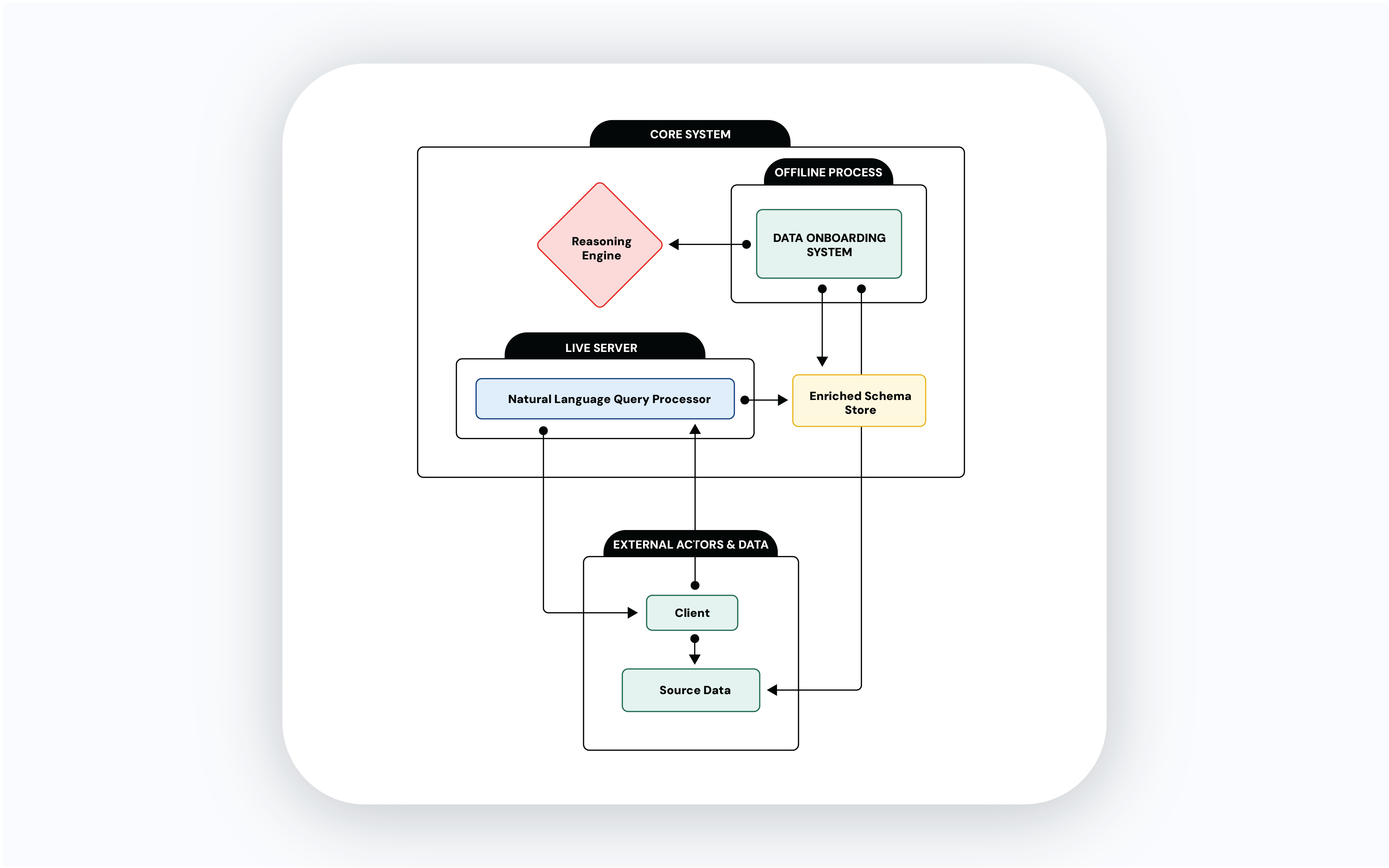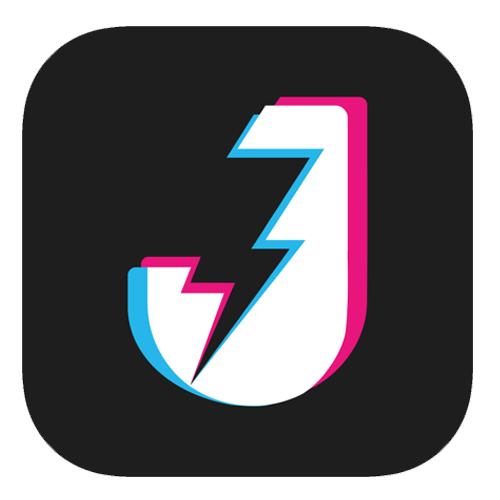How Dailyhunt Unlocked Hidden Efficiency with Generative AI: A Journey from Bottlenecks to Breakthroughs
Dailyhunt business teams were getting challenged. They had questions—important ones that could guide product direction, improve customer experience, or spot operational issues early. But the answers? Those were locked away behind layers of SQL queries and log files, accessible only through engineers or data analysts already juggling a mountain of requests.
Dailyhunt is a fast-moving company in the Enterprise SaaS space. Speed and intelligence are the backbone of what we offer to customers. So when we realized our own internal systems were slowing us down
That’s when we turned to Generative AI—not as a buzzword, but as a genuine tool to rethink how we work.
The Vision That Sparked the Shift
Dailyhunt always believed that the best technology is invisible. It shouldn’t feel like a tool—it should feel like an extension of you. That belief led us to a bold vision:
“What if AI could become a co-pilot inside every corner of our company—automating the tedious, simplifying the complex, and giving every team member the power to act?”
This wasn’t about chasing trends. It was about reimagining how people engage with data and systems—and using AI to close the gap between intention and action.
Two Problems, One Big Opportunity
We started by identifying the biggest pain points—places where time was leaking and innovation was stalled. Two challenges stood out.
1. The SQL Bottleneck
Our business teams were data-hungry—but dependent. Every time someone needed a custom report, they had to raise a ticket. Our data team would triage, write SQL queries, double-check logic, and send back results—often 48 hours later. By then, the question might no longer be relevant.
That delay wasn’t just inefficient—it was stifling innovation.
We asked ourselves: Could AI bridge this gap? Could a non-technical person ask a question in plain English and get the same insights a data analyst would provide—instantly?
The answer was yes.
We developed a Natural Language to SQL (NL2SQL) engine powered by GenAI. Now, business users simply type their questions, and the system translates them into precise SQL queries, querying live data. No tickets. No waiting. Just answers.
2. The Log File Labyrinth
Meanwhile, our engineering teams were wrestling with another beast—unstructured application logs.
Every new service we launched came with its own log format. Parsing them meant crafting Grok patterns or writing scripts by hand. It was slow, error-prone, and drained valuable engineering hours.
We envisioned a smarter way.
Could AI learn from a handful of raw logs and generate the right parsing rules on its own?
We built exactly that. Using an agentic GenAI workflow, we created a system that ingests raw logs, auto-generates structured parsers, tests them, and iterates until they work. What used to take days now takes minutes—and we can onboard new log sources without adding engineering overhead.
The Team Behind the Transformation
This wasn’t a side project—it was a team effort.
Together, they didn’t just build tools—they built trust. Trust that AI could handle complexity, at scale.
Why It Mattered
This wasn’t just about speed. It was about empowerment.
And most importantly? We’re just getting started.
The Road Ahead
With these successes in hand, we’re exploring what’s next. Intelligent documentation assistants, automated anomaly detection, AI-guided debugging—the ideas keep flowing.
But the core principle stays the same:
Let AI handle the complexity, so our people can focus on creativity, insight, and impact.
Generative AI isn’t replacing our teams. It’s amplifying them. And in doing so, it's helping us build a smarter, faster, more intuitive company—from the inside out
































